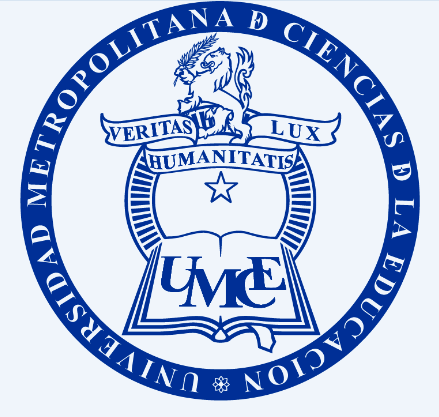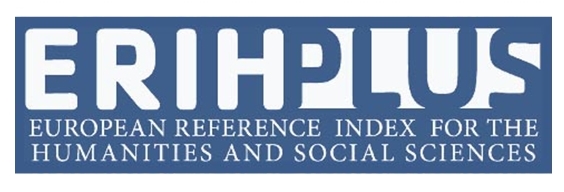Main Article Content
Apr 10, 2017
Abstract
En el ensayo literario, hay siempre una verdad expuesta, pero no se trata de una verdad objetiva, comprobable, sino de una en que confluyen cuatro elementos sustantivos: el sujeto que propone su tesis, el objeto o tópico al que esta tesis está referido, el modo en que la desarrolla y el lector, entre dócil o
esquivo, que puede o no ser convencido por los planteamientos del emisor. Por ello, se trata de un género que apela tanto a la inteligencia racional como a la emocional, que su objeto tiene un anclaje en la realidad, pero que se lo mira e interpreta desde la subjetividad y la imaginación creadora, que busca demoler la muralla de los prejuicios del otro para involucrarlo sin que ponga resistencia, en un juego de seducción que favorezca que el destinatario en un acto de total entrega, haga propias las ideas que otro yo le comunica. La propuesta que se entrega, a continuación, procurará analizar en La Muralla Enterrada, del escritor chileno Carlos Franz, cómo se muestra esa verdad en todos y en cada uno de
sus elementos concomitantes, y cómo ella se desplaza dentro del contexto de lo real y de lo imaginario y dentro del contexto espaciotemporal que plantea el
ensayo.
Downloads
Policies for open access journals
Authors who publish here accept the following terms: Authors will keep their copyright and will guarantee the journal the right to the first publication of their work, which will be subject to the Licence of Creative Commons acknowledgement, which allows for the use of this material only if the authorship is credited and the original source is acknowledged (the journal’s URL), and if it is not used with commercial ends and with any derivations of the original work.
Authors may adopt other non-exclusive license agreements of distribution of the published version (e.g. to save it onto a digital institutional archive or publish it in a monographic volume) only if the initial publication of this journal is indicated.
It is permitted and recommended for authors to divulge their work on the Internet (e.g. institutional digital archives or webpage) before and during the submission process, which may lead to interesting exchanges and increase the citations of the publication. (See Open Access Effect).






